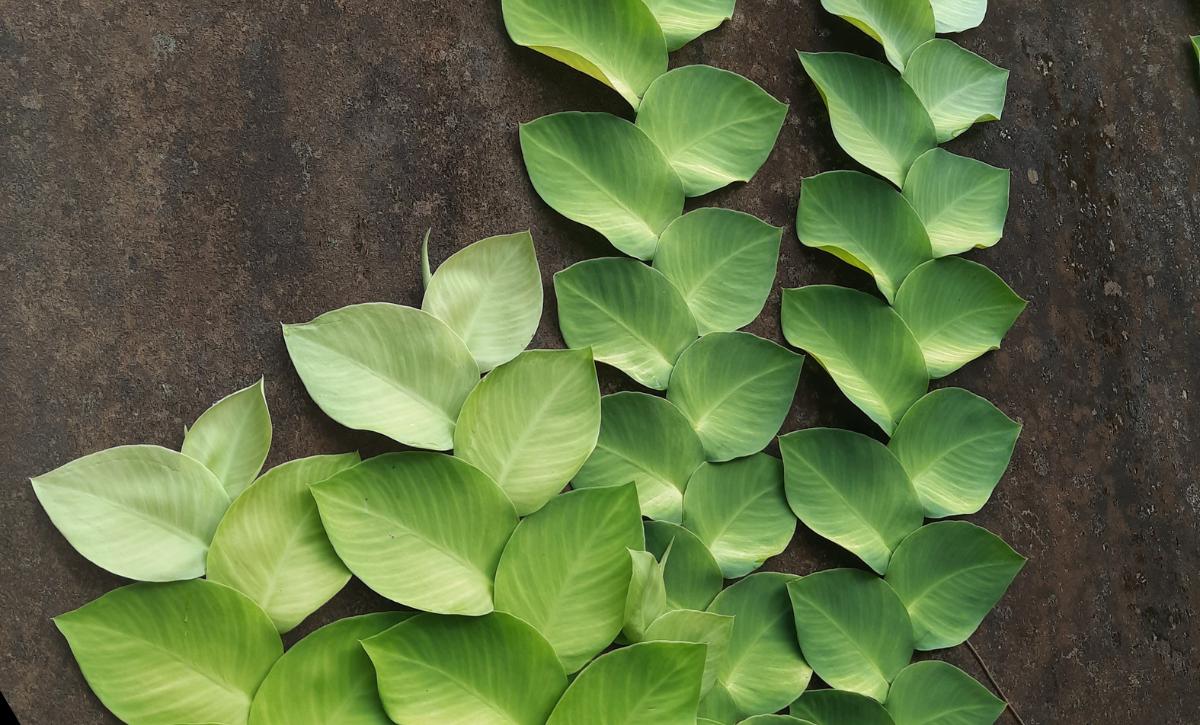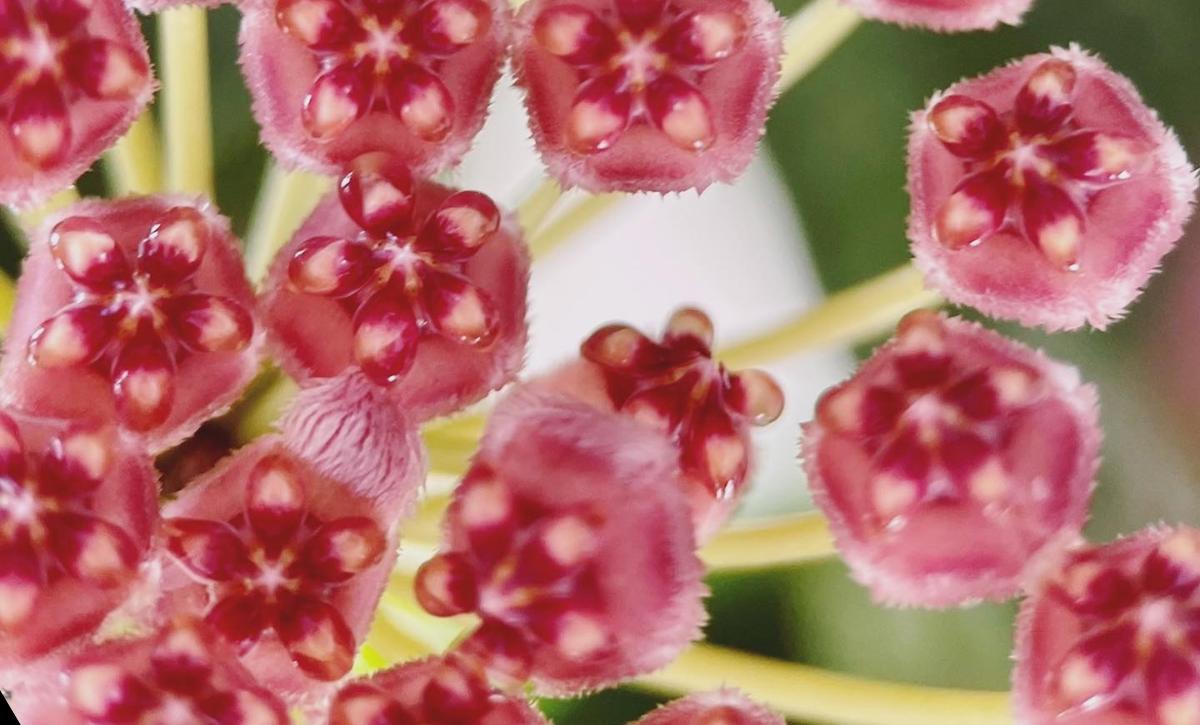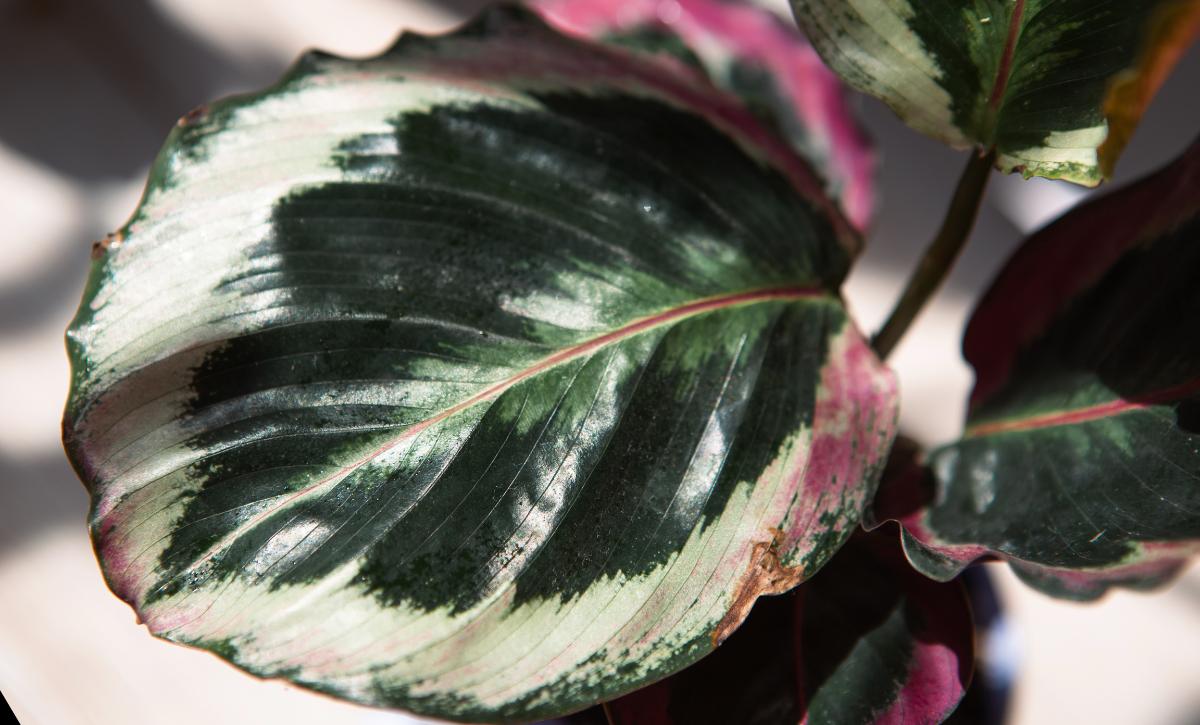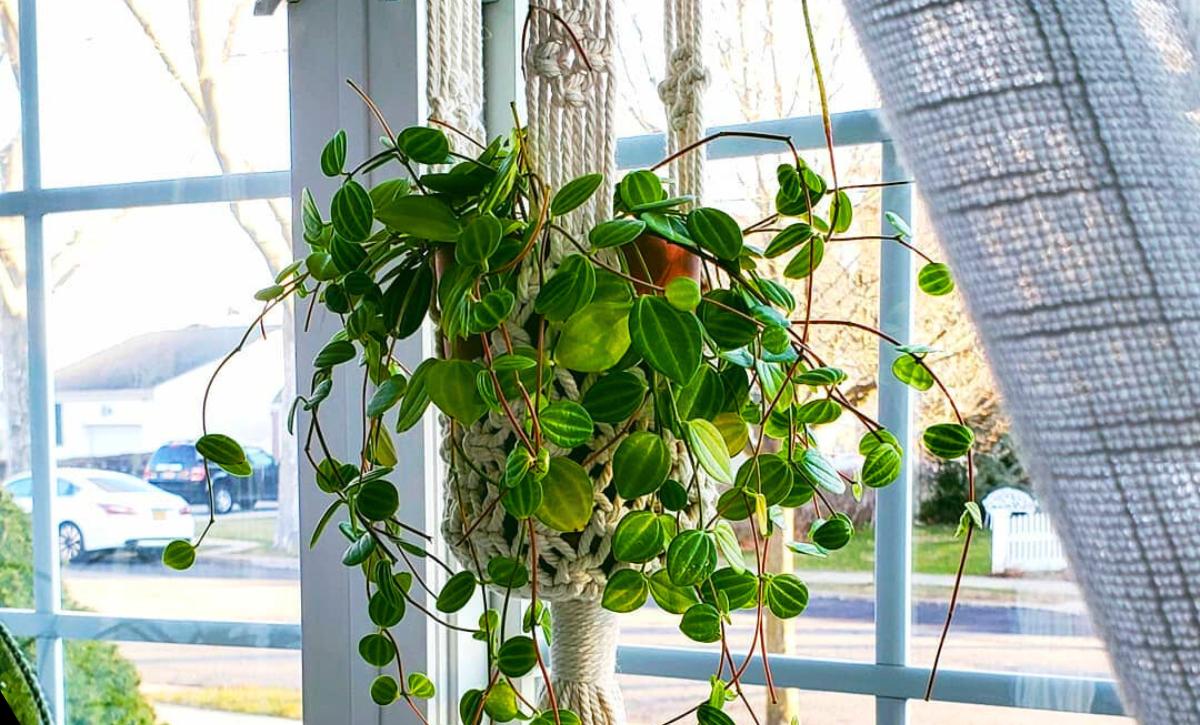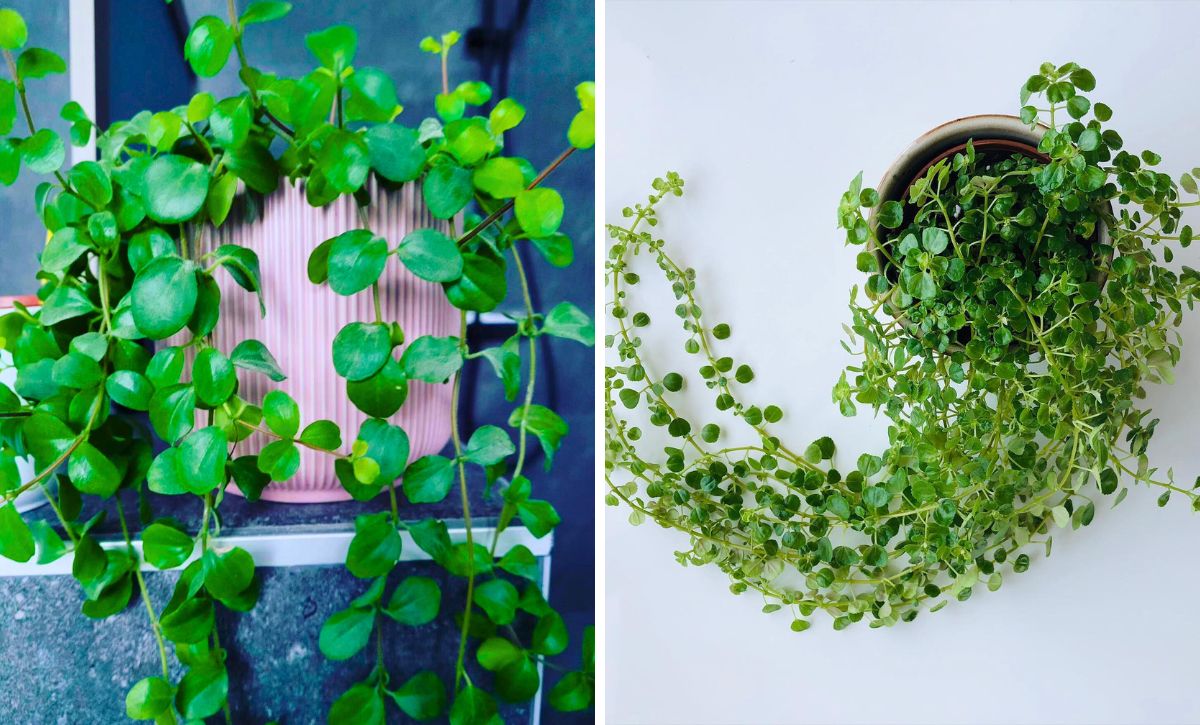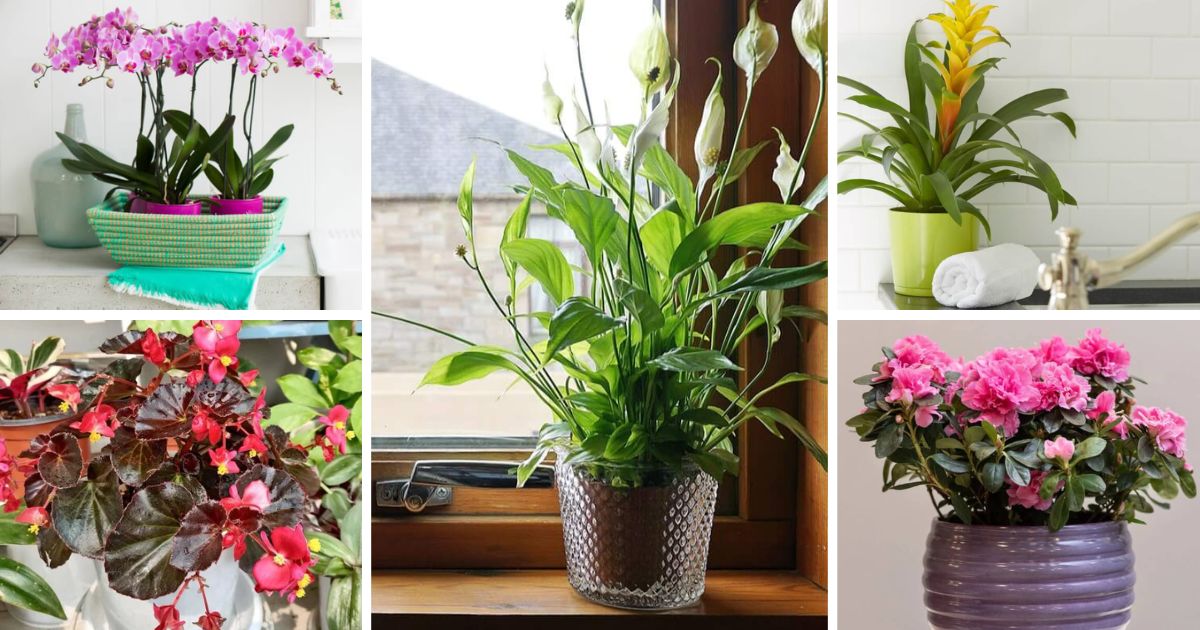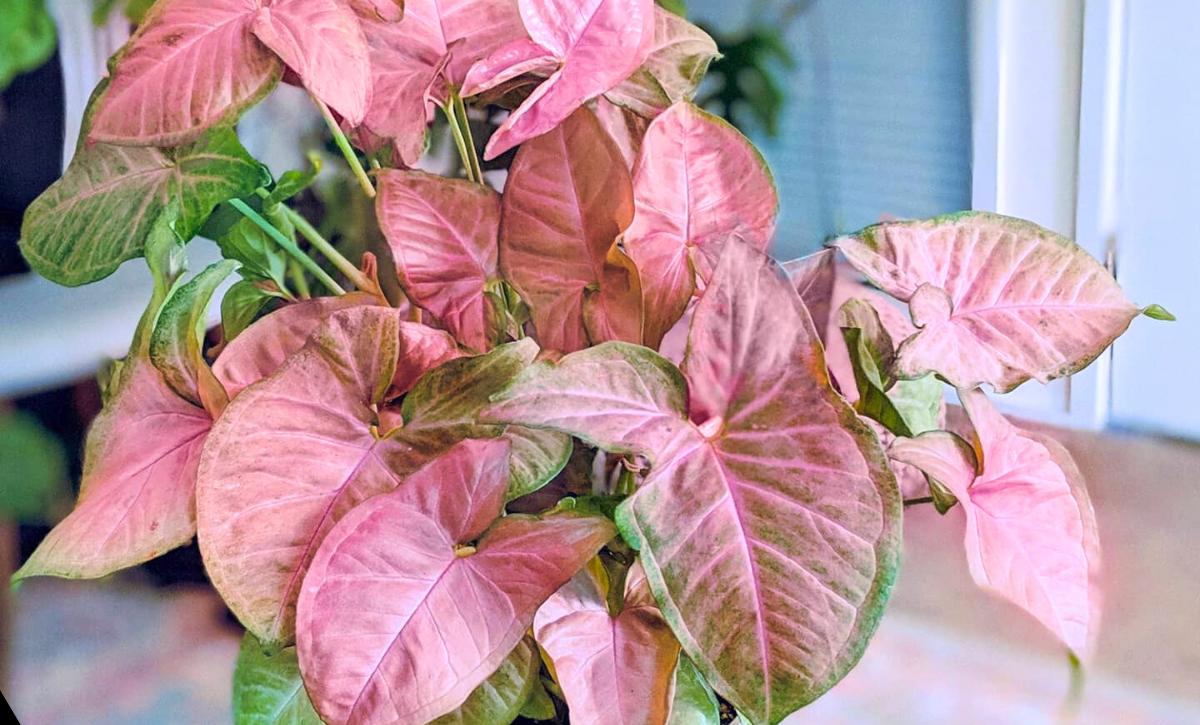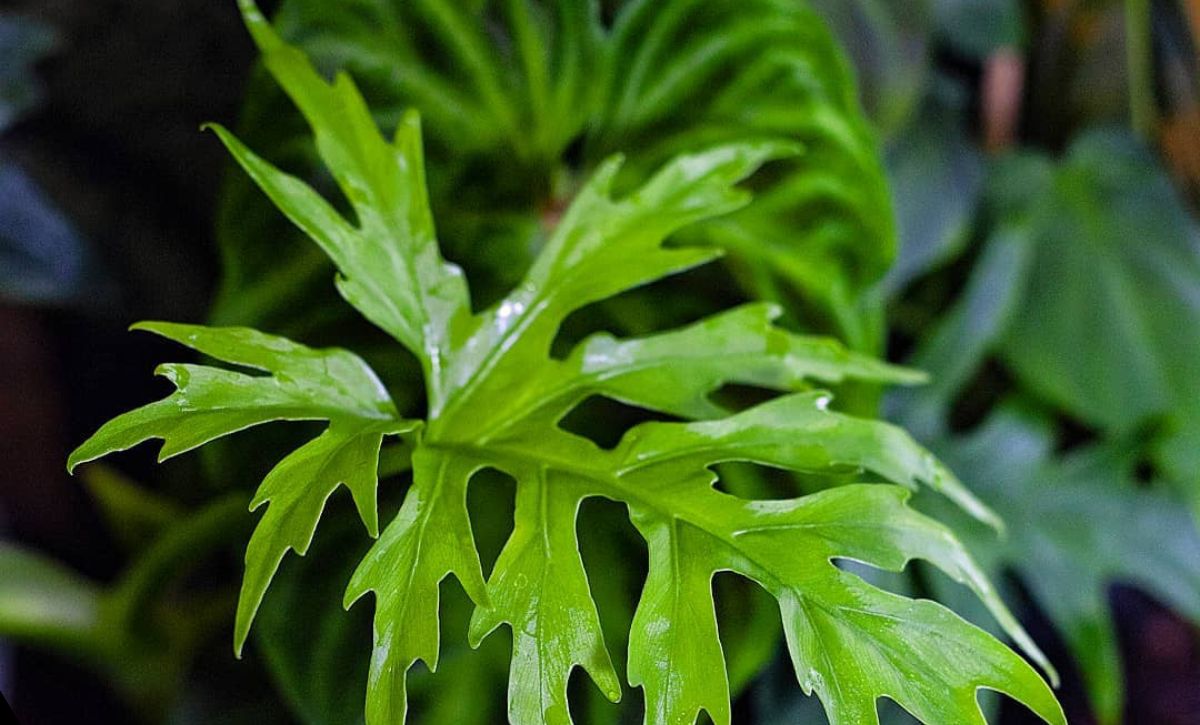When the leaves of your palm trees begin yellowing, it should be a great cause of concern as it not only interferes with your landscape, but could also be an indication that something is seriously wrong with your trees.
However, don’t worry! In this article, we will discuss the possible causes of yellow palm trees and how to care for your precious palms.
Once you notice any signs of yellow leaves on your palm trees, it is important to immediately and thoroughly inspect the tree.
Even though the condition may not be severe, in some instances, it could lead to wilting and even death of the plant.
Let’s have a look at how you can fix your palm tree!
Causes of Yellow Palm Leaves
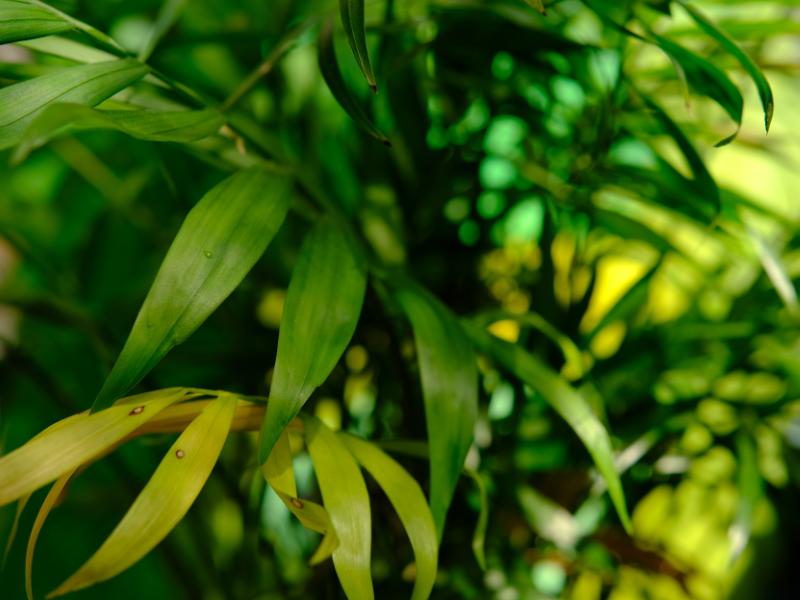
Palm trees will generally thrive if they are watered occasionally, provided with the right fertilization and nutrients, and the right temperatures for growth; which are usually above 50℉.
As with many other plants, if the conditions aren’t right, the plant will be weak and incur damage.
Yellowing of palm trees may be caused by many factors from the pH of the soil to its nutritional and chemical composition, or even diseases and pests.
With that said, here are some of the common causes of yellow palm leaves.
Yellowing of Palm Trees Due to Overwatering
The leaves of a palm tree may turn yellow if the plant is overwatered. This is attributed to the fact that overwatering the palm may lead to root rot.
Due to the excess water available in the soil, the aeration of the roots is affected which, in turn, causes root rot due to lack of oxygen. Since the roots cannot supply enough oxygen, the leaves respond by yellowing.
Here are some other common signs of an overwatered palm.
- Brown tips: After the leaves start yellowing, the tips may turn to brown and this could be a clear indication of overwatering. If you notice brown tips, it’s important to act in haste since this could be followed by lead spots. This will significantly reduce the chances of survival of your tree.
- Moldy Soil: Mold on the soil is a common and noticeable condition especially in potted palms. Once you notice moldy soil, it’s advisable to repot the plant.
- Droopy leaves: As we have stated previously, excess water in the soil will impair the aeration of the soil and this could lead to droopy leaves since they are not getting enough nutrients.
- Brown leaves: Even though this could be a part of the natural life cycle of the palm, it could also be an indication of overwatering and, hence, it’s important to inspect the tree of the watering levels.
Palm Leaves Turning Yellow Due to Underwatering
Yeah, that’s right! While palm fronds may turn yellow due to overwatering, underwatering is also a common cause of yellowing; even though these plants are relatively drought tolerant.
It’s important to note that, even though the soil needs to be dry between waterings, letting it completely dry out could have significant ramifications on the health of the palm tree since it fails to absorb enough nutrients for the tree to grow.
However, while underwatering and overwatering could lead to yellowing of the leaves, it is much easier to revive an underwatered palm than an overwatered one.
Here are some signs of an underwatered palm.
- Leaf Curl: As the tree tries to retain as much water as possible, the leaves may reduce in surface area, which could lead to leaf curls.
- Dehydrated and wilted leaves: As the leaves begin yellowing, some will start wilting, which is a sign that the palm is dehydrated.
- Brittle and Dry Soil: Naturally, if the palm has not been watered for a while, the soil will likely be extremely dry and brittle. This is usually followed by the discoloration of the leaves.
- Brown Leaf Tips: Just like an overwatered palm, an underwatered palm may also exhibit brown leaf tips.
Nutrient Deficiency
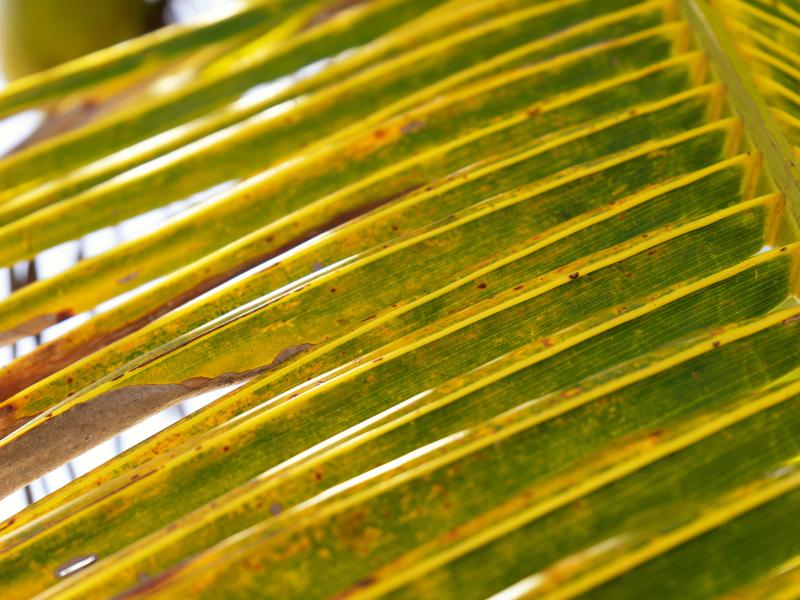
For a plant to thrive, it must be provided with the right nutrients. This mainly occurs through fertilization which helps adjust nutrients such as potassium, sulfur, nitrogen, magnesium, and iron concentration.
Here are the signs of different nutritional deficiency in a palm tree.
Potassium deficiency
Potassium deficiency is exhibited by a leaf that yellows on the edges. In this case, the center of the leaf retains the green color but as it progresses towards the edges, the leaf turns brown or yellow.
Nitrogen deficiency
Lack of nitrogen is usually seen on the mature or older leaves, and if the condition progresses, the yellowing may branch to other leaves until the whole plant is pale.
Magnesium deficiency
Magnesium deficiency is usually exhibited in older leaves. The condition begins by the leaf having some yellow patches while the veins remain green.
The yellowing then spreads to the edges of the leaf and you start having yellow leaf edges!
Manganese deficiency
When your palm lacks enough manganese, the leaves will start showing yellow streaks. This is a cause for concern since the condition progresses quickly to other leaves, which could end up affecting the whole plant.
Iron deficiency
Iron deficiency usually exhibits itself in new leaf fronds where yellow patches may be noted between the leaf veins. The branch tops may also begin yellowing.
Yellowing Due to Pest Infestation
There are several pests that may attack palm trees such as, thrips, spider mites, mealybugs, and scale. However, attack by pests is a common thing in many indoor plants.
Take a look at common pests that you may find in palm trees!
Thrips
Thrips are tiny insects that are often hard to spot and attack the vulnerable section of the plant; mostly the newly growing leaves on the palm.
They attack by sucking the fluid from these parts hence the development of yellow or brown spots on the leaves.
Spider mites
One of the most common pests for indoor and outdoor plants, spider mites are common in many palm species, especially the Areca Palm.
These insects are red in color and usually reside on the undersides of palm leaves, where they build webs. Like thrips, spider mites attack the plant by sucking sap from the delicate parts of the plant.
While their appearance may be scary, spider mites do not develop to the same size as normal spiders. Well, at least there is that!
Scale
Scale thrive in humid regions. As such, people living in coastal regions should be more wary of these insects.
Mainly white in color, scale also attack the sap of the palm. Due to their nature to spread and multiply quickly, you should act as quickly as possible once you notice scale on your plants.
Mealybugs
Mealybugs not only multiply quickly, but they also cause severe damage to the plants. This makes them very difficult to stop once they have infested your plants.
Their distinctive white color makes them easy to spot and differentiate from other garden bugs.
You should deal with Mealybugs promptly. Otherwise, the plants may fail to survive; especially if they are young.
Temperature Fluctuations
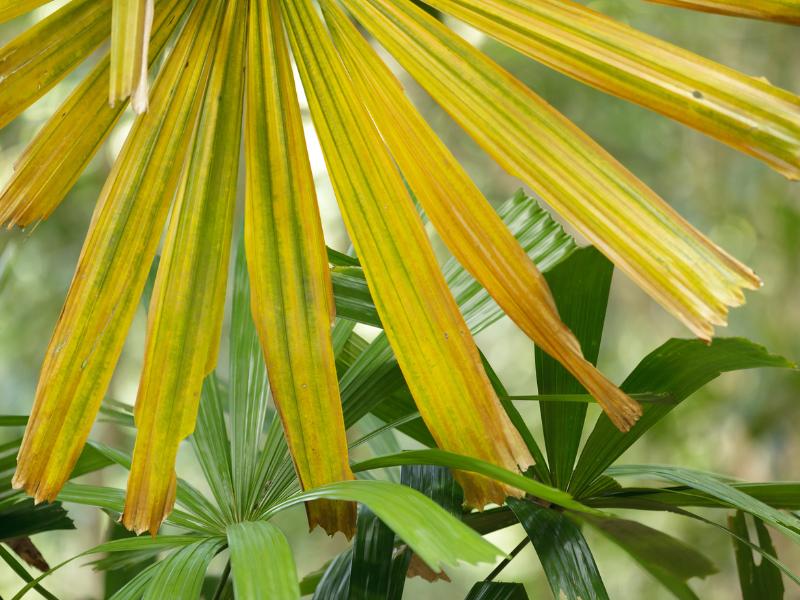
Low temperatures can hamper the growth rate of your palm tree.
Since palm trees are unable to move, they need to be grown under steady temperatures. The recommended temperature is between 50 to 80℉.
Ensure you place your palm tree in the right place to avoid yellowing.
Sudden temperature changes may cause wilting and yellowing of the leaves.
Yellowing Due to Low Light or Indirect Sunlight
Lack of sufficient light will cause the leaves of your palm tree to turn yellow and lose their beautiful green color.
This is because in absence of light, the plant cannot make enough chlorophyll which gives the plant the green color and is necessary for the photosynthesis process; that the plant uses to grow.
While light is crucial for palm trees, you should note that palm trees cannot tolerate direct sunlight. Exposure to intense direct sunlight for long periods will cause the leaves to burn and develop yellow or brown leaves.
This also impacts the ability of the plant to produce food. The unavailability of sunlight may lead to slow growth and even lead to the leaves falling off or death of the plant.
Yellowing Due to Disease
One of the primary causes of diseases in these plants is the growth and spread of fungi. This occurs when the plant grows in an overly moist environment.
The spread of the infection causes the leaves to yellow and, eventually, fall off.
Here are the most common types of diseases that affect palm trees.
Bud Rot
This disease attacks the plant’s stem.
Common symptoms of bud rot include a mushy and gray stem, and wilted, yellow and burned leaves. Detecting bud rot is difficult since the symptoms don’t immediately exhibit themselves until the fungi takes hold inside the plant and spreads to the outer parts.
Check any questionable buds in your palm tree with cracks to see if the core is rotten. A rotten core will appear to be brown and wet.
Once you discover a rotten bud, isolate it and check other trees’ buds to understand the extent of the spread. Remove all the sick plants to stop the spread.
Root rot
Waterlogged soil serves as an ideal medium for fungus to spread and cause root rot.
There are different varieties of fungus Fusarium oxysporum present in the soil. They are responsible for a widespread plant disease known as fusarium wilt.
Oxysporum thrives in temperatures above 75℉ and doesn’t require a living host plant.
Common signs of an affected plant include stunted growth, yellow or pale green leaves that will wilt, wither and fall off.
The plant will also develop dark streaks on the lower stem and xylem vascular tissue of the roots. Roots will begin to rot and any infected seedlings will also die.
Ganordema Bud Rot
This type of bud rot is caused by the fungus Ganoderma Zonatum. This is one of the most common types of disease in palms and does not impact other plant families as severely.
Unlike other types of fungus, Ganoderma Zonatum creates a hard rot by degrading the lignin of the tree in the bottom areas, about 4-5 feet.
Main symptoms include wilting and yellowing of the leaves as well as general decrease in the size. A solid shelf-like structure known as basidiocarp on the trunk’s lowest 4-5 feet will confirm these fungi.
However, not all unhealthy palms will yield this conk before dying.
Transplant Shock May Cause Yellowing
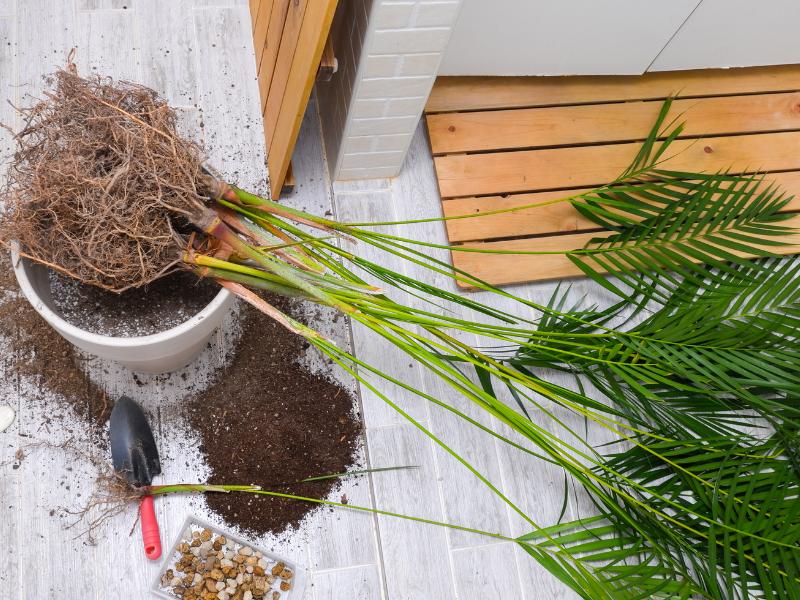
Transplant shock is the sudden change that will occur to a plant due to a change in environment. This includes repotting or transferring the plant from one soil to the other.
When you transplant plants, they tend to have a limited root system.
The disturbance caused on roots makes them unable to perform their normal functions, such as nutrient and water absorption.
As a result, the plant may become weak and vulnerable to external damage such as pests and diseases.
Soil pH
Soil pH impacts nutrients available in the soil and microorganisms that provide the soil with nitrogen.
Your palm tree will lack the required nutrients if your potting mix is too alkaline or acidic.
The recommended soil pH for your palm tree is between 6.1(slightly acidic) to 7.8 (acidic).
Having a soil pH that is far to either range will have your plant exhibiting nutrient-deficiency symptoms such as soft, yellowing leaves.
Overfeeding
Fertilization is a crucial part when growing palm trees. However, ensure that the plants are not overfed.
An over-fertilized plant will have floppy, weak and yellow fronds.
The plant may also go into shock due to overfeeding. This may result in death.
Make sure to have a fertilization schedule to ensure you don’t overdose your plants.
Yellowing Due to Low Humidity
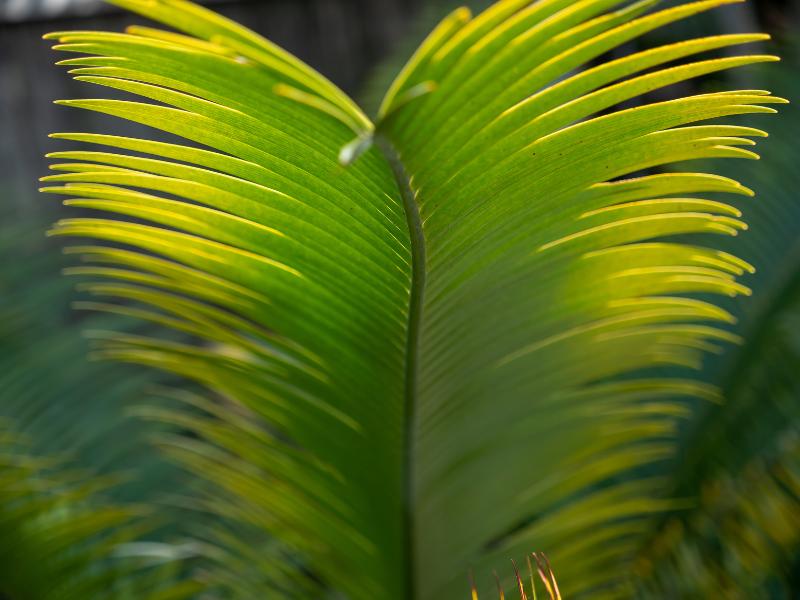
Palm trees thrive in places with high humidity. Growing your trees in low humidity areas could result in yellowing and drying of leaves, which eventually fall off.
The recommended humidity level for growing palm plants is at least 55%. Get yourself a hygrometer from the local store and monitor humidity levels for a more healthy plant!
Natural Causes
Your palm plants may also turn yellow due to natural causes. This is especially true if the palm tree has completed its life cycle, in which case, it’s too old.
Aging will be exhibited by yellowing of older fronds one after the other. This shouldn’t really concern you since there’s little you can do about it. It is what it is!
Fixing Yellow Palm Tree Leaves
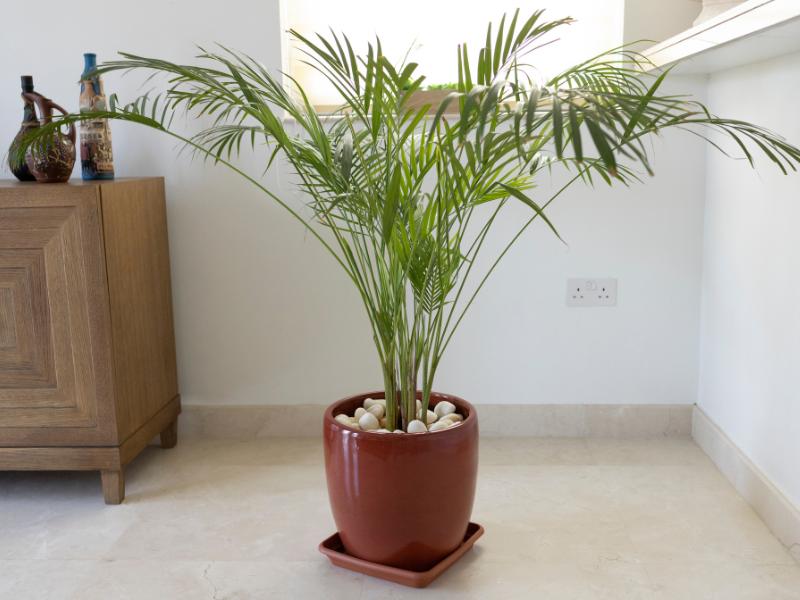
Now that we’ve discussed the main causes of yellow palm tree leaves, it’s time to learn what can be done to fix the issue.
There’re several changes that you need to make as a gardener such as changing the watering and fertilization schedule, adjusting the temperature, light and humidity conditions, and getting rid of pests.
Changing the Fertilization Schedule
If you notice your plants becoming weaker, the first thing you should do is perform a soil test.
The test will show which nutrients in the soil your plant may be lacking, and help you decide what fertilizer to use.
For palm trees, it’s recommended to use the slow-release fertilizers that will provide the plant with the needed nutrients for an extended period.
Apply your fertilizers during the growing seasons (summer and spring), but not in winter. Fertilizing during this time could cause leaf burn.
Ensure you follow the manufacturer’s instructions on the package.
Adjusting Watering
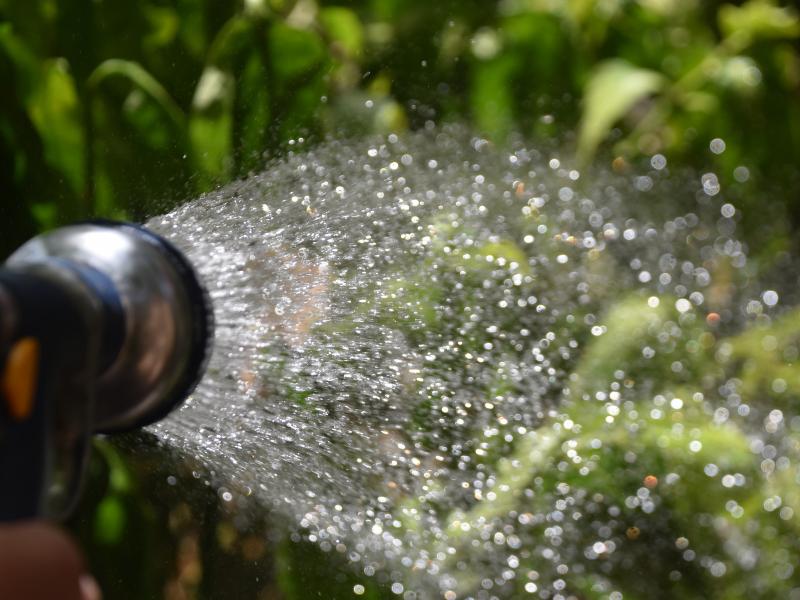
Many newly planted or repotted palms undergo transplant shock. Water these plants frequently during the first two weeks to help them establish and develop new roots.
For your outdoor palms, water your new palm tree each day for the first two weeks before adopting a regular watering regimen. For your indoor palms, water the tree once the soil is dry to the touch. Ensure the soil is not soggy as this could lead to root rot.
Ensure water reaches the roots with a deep watering method. Once your palm tree has been established, water it 1-3 times a week.
Adjust the watering depending on the seasons with frequent watering during the growing seasons (summer) and watering once a week during the dormant seasons (winter).
When to water
The best watering time for palms is during the cooler periods of the day. This is either early in the morning or late in the evening.
Watering during the cooler times protects the plant’s foliage from being scorched by the midday sunlight.
You can also mist your palm trees to clean off dust. Just make sure you do it during cooler periods of the day!
How to water
When it comes to palms, gradual watering is the way to go!
Pour water slowly and gradually, but never all at once. Keep watering at small intervals until you see water dripping out of the drainage holes.
For overwatered plants, delay watering until the soil completely dries out. Don’t try to use direct sunlight to dry your palm tree since this could severely damage the plant!
For underwatered palms, increase watering frequency until signs of improvement are noticeable. Do this for 2-3 days.
Removing Pests
When you notice pests on your palm tree, the first course of action is to isolate the plant to minimize the spread risk.
If the plant is severely infected, the best thing to do is remove and dispose of the leaves.
If you are using compost manure, ensure that the infected fronds are not added.
Once the palm is isolated, you can remove the pests through the following methods:
- Rubbing Oil: This method is effective for soft bodied insects. Simply apply and rub the oil onto the infested section until the pests disappear.
- Neem Oil: Neem oil is effective in preventing the reproduction of pests. To create a neem oil spray, mix oil, water, and liquid soap. Spray it onto the affected areas until all the pests are gone. Alternatively, you can purchase neem spray from your local store.
- Castille oil: This method is effective for most pests that attack palm trees. However, if you’re dealing with scales, I will advise you to choose other methods.
- Chemical insecticides: A quick and efficient method to deal with any pests. However, it should be a last resort since some chemical insecticides are toxic.
Adjusting Humidity
The first step should be purchasing a hygrometer to monitor the humidity levels. If you notice low humidity, you can increase the humidity levels through the following methods:
- Group your plants together to help spread humidity evenly on the plants. It will also improve your aesthetics (hopefully!).
- Use the pebble tray method. Fill a tray with pebbles and water and place your palms on it. However, ensure that the roots do not come into contact with the water.
- Place your palm in high humidity areas such as the bathroom or kitchen.
- Use a humidifier to monitor and increase humidity levels accordingly.
Repotting
In some instances, the damage may be so severe that the entire plant will need to be repotted.
Here are steps you can take to repot the plant:
- Loosen the soil on the palm by watering it a day before repotting.
- Gently lift the palm with care not to damage the roots or disrupt the root system.
- Remove any old soil. Be careful not to damage any roots as your palm could go into shock. Clip the damaged roots out using sterilized tools.
- Now place your palm in the new pot and fill it with the potting mix and add more soil if need be.

Bottom Line
Yellow palm tree leaves are a common issue and could indicate serious damage to the plants. They could also impact the mesmerizing beauty of your plants.
Luckily, many of the causes can easily be fixed, if you are quick to act. Just manage your fertilization schedule, adjust watering, improve pest control, and monitor humidity and everything will be back to normal!
We hope we have equipped you with the necessary knowledge to deal with your problem!
So, I do hereby Knight thee to go forth and save the palms!

